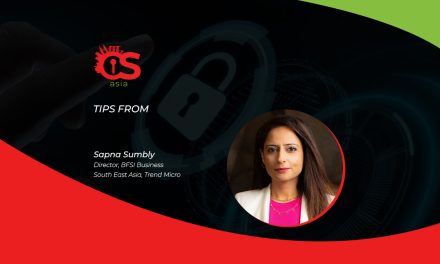Among 9,000 IT decision makers across the world, a common perception was that their cybersecurity solutions were siloed
In a recent survey of 9,000 cybersecurity decision makers from organizations with 500 or more employees across fifteen markets, including four from the region (Australia, India, Indonesia, Singapore), the most common cyber technologies adopted by respondents were Network Detection and Response (38%), Security Orchestration Automation and Response (36%) and Security Information and Event Management (35%).
Findings around the theme of siloed security and future of cybersecurity technologies include:
- 90% of respondents described their current security model as “siloed”, with 63% indicating there were likely allocating budget to advanced solutions enable an integrated security approach
- 80% estimated their organization had lost up to 10% of revenue from security breaches in the last twelve months. Medium-sized businesses (with US$50–US%100m in revenue) cited they had lost an average of 9% in revenue, compared to 5% for large businesses (with a turnover of US$10bn–US$25bn).
- 36% was the global average of respondents that indicated feeling “very confident” in their organizations’ ability to quickly adapt to new threats. For Singapore, represented by 500 respondents, 25% of respondents felt this way, and 62% indicated that they were “struggling to keep up”.
- 54 cyber incidents per day was the average workload for all global respondents, with 39% citing 50 to 200 incidents daily. Additionally, 51% reported being “inundated by a never-ending stream of cyberattacks” as one of their biggest work frustrations.
- 64% of respondents indicated that their current security tools did not enable their security operations team to work with maximum efficiency, while 35% indicated they had blind spots in their protection today.
According to Jonathan Tan, Managing Director (Asia) Trellix, which commissioned the survey: “Siloed security systems are placing an unnecessary burden on overstretched SecOps teams, making organizations easy targets for malicious actors. It’s time we reject siloed security as the status quo and take concrete steps towards building a more flexible, intelligent security model, which will ultimately help to safeguard sensitive data.”

















